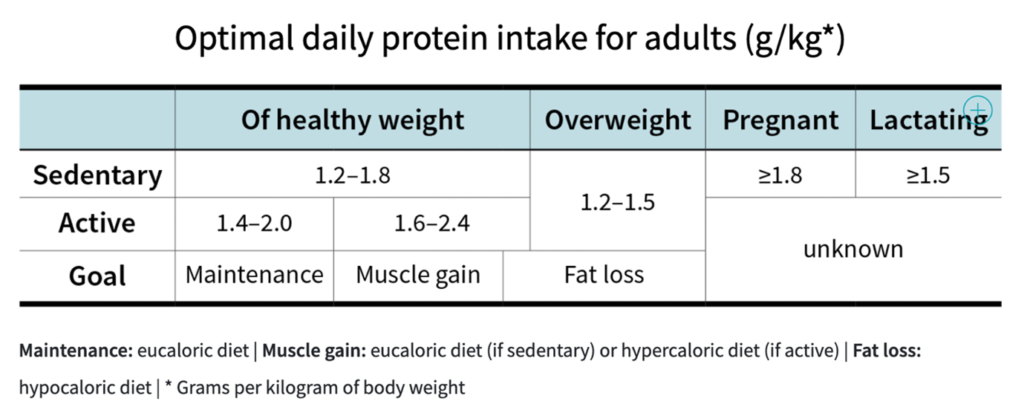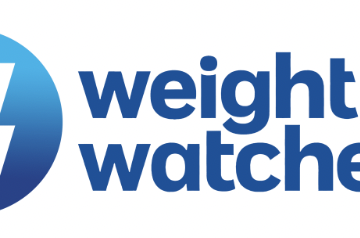If you follow a vegan diet, you must avoid all animal products. Making sure you have a wide variety of vegan protein sources in your diet is important, to help prevent malnutrition in the future, and to optimise health. Read on to learn more about the key sources of vegan protein and easy ways to add them into your overall diet.
Top sources of vegan protein
- Seitan – 23g protein per 100g
- Tempeh – 19g per 100g
- Edamame beans – 14g per 100g
- Tofu – 13g per 100g
- Red lentil pasta – 12g per 100g cooked
- Vegan ‘Quorn’ – 15g per 100g
- Lentils – Around 6-8g per 100g cooked
- Beans – Around 6-8g per 100g cooked
- Yellow split peas – 11g per 100g cooked
- Spirulina – 7g per 10g serving
- Nuts & seeds (including nut & seed butter) – Around 5g per 25g
- Peas – 5g per 100g cooked
- Oats – 5g per 50g
- Nutritional yeast – 5g per 10g serving
- Quinoa –3.5g per 100g cooked
- Soy milk – 3.5g per 100ml
As you can see, there are some excellent and varied sources of good quality vegan protein!
You can also get a small amount of protein from grains, wheat pasta, bread and rice, though these are mainly carbohydrate sources.
Vegan protein supplementation can also help someone achieve their protein goals. On average, a 25-30g serving of pea protein powder can provide around 20g protein, which is excellent! But we don’t want to solely rely on supplements to meet our needs.
Making sure your diet is varied overall with different vegan sources of protein will ensure that you are getting in a range of essential amino acids. Amino acids are the building blocks of protein, and some are essential meaning our body cannot make it itself. Animal products contain all essential amino acids, but some vegan protein sources such as oats, nuts and quinoa do not. However, if you vary your intake across the week with different sources, this will help ensure you are getting a good intake of all the essential amino acids*.
*If you do not eat soy products or legumes, you may need to consider supplementation of the amino acid lysine.
But how much protein do I need?
To calculate your ideal protein requirements, here is a table for guidance:

Reference 1
This is general guidance but if you are concerned, always reach out to a registered dietitian for personalised advice. Note that figures may be higher for certain athletes or those training intensely and frequently.
Example meals for the day
To help put this into context, here are two example days for someone who is 70kg, active and looking to maintain their weight (optimal intake to be 98-140g protein per day).
Example 1
Breakfast: 2 slices of wholemeal toast with 25g nut butter + 1 banana = 15g protein
Lunch: Vegan mince chilli with kidney beans + peas, served with rice + nutritional yeast = 45g protein
Snack: Portion of fruit, soy yoghurt & seeds = 10g protein
Dinner: Thai tempeh curry with quinoa & vegetables = 30g protein
Snack: Protein cookie = 20g protein
TOTAL: 120g protein
Example 2
Breakfast: Tofu scramble with mushrooms + 1 tbsp nutritional yeast + 1 slice of wholemeal toast = 25g protein
Lunch: Sandwich with smashed butter beans, avocado and salad = 25g protein
Snack: Wholemeal bagel with hummus & 1 tbsp chia seeds = 15g protein
Dinner: Red lentil pasta, edamame beans, vegan pesto & vegetables = 40g protein
Snack: Protein shake = 25g protein
TOTAL: 130g
Note, overall protein depends on portions consumed.
As you can see, with a bit of forward planning, achieving your protein goals on a vegan diet doesn’t have to be hard.
As always, if you are unsure or are struggling with your protein intake, give us a call today to see how we can help!
By Reema Patel, Registered Dietitian at Dietitian Fit & Co

by Reema Patel
Registered Dietitian at Dietitian Fit & Co
References
1 – “Optimal Protein Intake Guide,” Examine.com, published on 17 September 2020, last updated on 16 January 2022, https://examine.com/guides/protein-intake/







